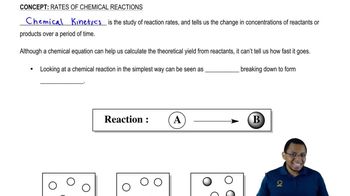Adults who are lactose intolerant cannot break down the disaccharide in milk products. To help digest dairy food, a product known as Lactaid can be added to milk and the milk then refrigerated for 24 hours.
<IMAGE>
b. What might happen to the enzyme if the Lactaid were stored at 55 °C?






